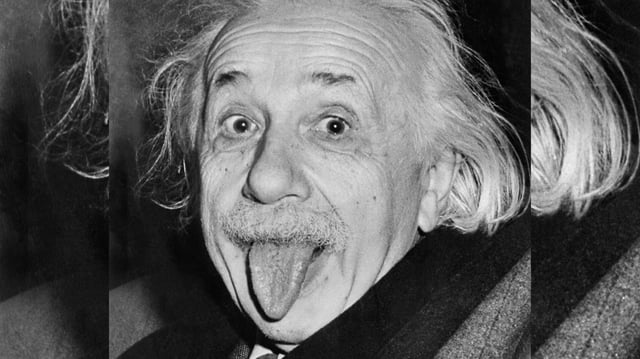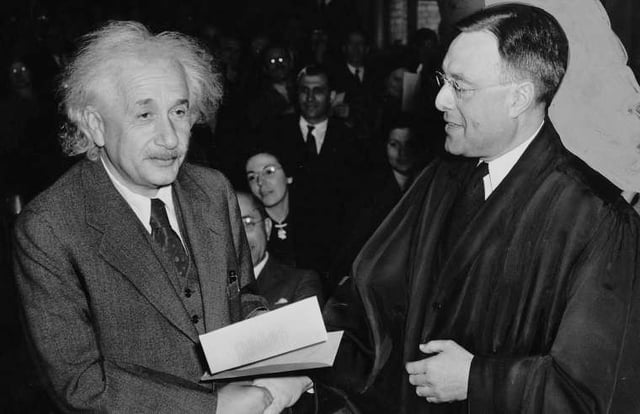Overview
- The work settles a 120-year dispute originating with Walther Nernst’s 1905 theorem and Albert Einstein’s 1912 critique.
- It introduces a virtual engine model that is embedded in the second law’s formalism, consuming no heat and performing no work.
- The research distinguishes empirical temperature perceptions from its precise physical definition to anchor absolute zero in the second law.
- Findings published in The European Physical Journal Plus have validated the new formalism and challenged the notion of a separate third law.
- This refined understanding could reshape low-temperature physics research, including developments in quantum computing and superconductivity.

